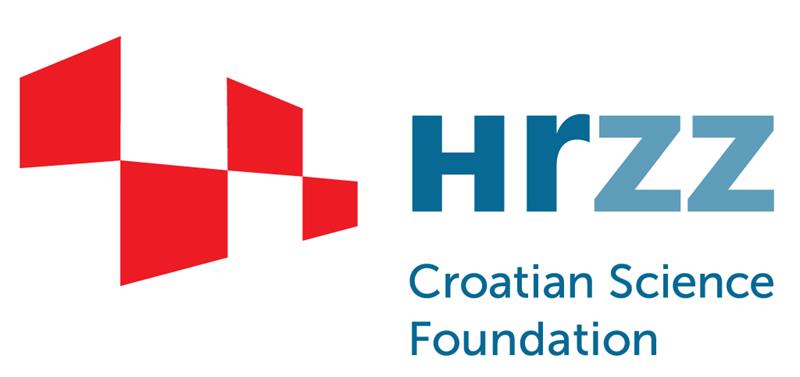Human body pose, shape, and body parts
Generalizable multi-view 3D human pose estimation
- A novel approach for 3D human pose estimation from multiple views that is not limited only to training dataset camera arrangement as previous methods
- The model achieves state-of-the-art performance when "transferred" between different multi-view datasets
- The paper presented at CVPR 2022 (New Orleans)
- Public code available on GitHub

The linear regression baseline for human body measurement
- A simple baseline takes only a person's height and mass as input and estimates 15 standard body measurements
- The baseline outperforms most of the existing state-of-the-art, deep learning-based methods
- The corresponding paper was accepted in Sensors journal in 2022 (Special Issue "Deep Learning and Sensing Technology for Anthropometry")
- Public code available on GitHub

On using PointNet Architecture for Human Body Segmentation
- modification of the PointNet architecture for the purpose of human body parts' segmentation
- Paper presented at the conference ISPA 2019 in Dubrovnik, Croatia
- Paper available on IEEE Xplore pages

Smartphone solutions for human body analysis
A prototype of a catadioptric (multi-mirror) adapter smartphone stereo
- A 3D-printed prototype based on a novel catadioptric stereo design
- The adapter provides several degrees of freedom which is particularly important in the prototyping stage
- The stereo was used for estimating human body measurements from images
- The corresponding paper is presented at ISPA conference 2021 (virtual)
Smartphone application for body measurements from height and weight
- A simple Android-based body measurement application
- Expects human body weight and height as input and shows body shape estimation, such as the one below
- Public code available on GitHub

Results in 3D point cloud registration
Generalizable 3D point cloud registration baseline
- A baseline approach for 3D point cloud registration which targets particularly the generalizability problem of the previous methods
- The algorithm achieves state-of-the-art performance on some of the publicly available datasets
- Corresponding paper presented at the BMVC Workshop 2022
- Public code available on GitHub.

3D point cloud registration benchmark
- The evaluation of six selected state-of-the-art registration methods
- Using Stanford3D public dataset
- Public code available on GitHub

Other results (image keypoints)
On the Comparison of Classic and Deep Keypoint Detector and Descriptor Methods
- Exhaustive comparison of classical and deep 2D keypoint algorithms
- Definition of a new detector + descriptor evaluation benchmark
- Paper presented at the conference ISPA 2019 in Dubrovnik, Croatia
- Public code available on GitHub.
- Paper available on IEEE Xplore pages



 Pristupačnost
Pristupačnost

